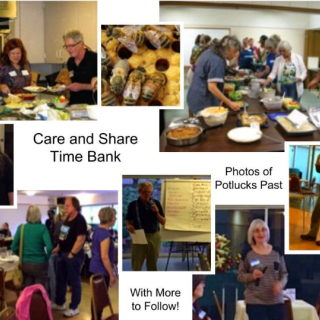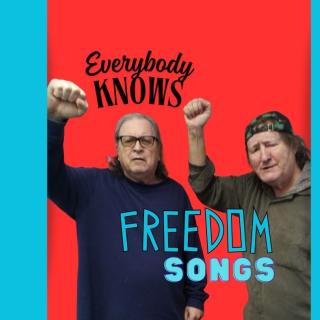Last week, the word came down that Bob Dylan was releasing another one of his generally excellent bootleg series, this time the full 1967 recordings known as The Basement Tapes. Like a good little Dylan fan, I immediately toddled down to Barnes and Noble on my lunch break to pick up a copy, with the purpose of (1) entertaining myself on a scheduled trip to Cleveland and (2) reviewing it for The Free Press.
Once I arrived at the store, I was unable to find anything on the new arrivals rack. Undaunted, I bounced up to the counter and made inquiries, which resulted in a computer search. I was then led to the box sets area, and as panic began to set in I was presented with an giant package with a price tag of around $129.00. Dear heavens. Even with my trusty membership discount this was one I would have to bounce off the wife.
I couldn’t leave the store empty handed though, not with a deadline approaching. So instead I bought the latest copy of Rolling Stone, which tells the legitimately fascinating story of the Basement Tapes – the legend of Woodstock, Dylan’s shadowy motorcycle accident, and the genesis of The Band’s first masterpiece, “Music from Big Pink” (if you want to hear about it, I recommend either the RS article or the Wikipedia Entry upon which it is entirely sourced).
My deadline and trip to Cleveland, though, still loomed. I recalled that I was already the owner of the 1975 double release “The Basement Tapes” by Dylan and The Band. I dug it out and tossed it into the car, and gave it few spins while slogging to and from the Land of the Flaming River in a near-continuous downpour. Upon returning, I did a quick internet follow up and discovered that there were in fact two new Basement Tapes releases, the 6 disc 138 track box set “Complete” and the 2 disk 38 track “Raw,” at a far more reasonable price of $20.00.
The “raw” in the title of the shorter set likely refers to the removal of overdubs placed on the 1967 recordings by The Band’s nefarious guitarist, Robbie Robertson. Included on the original release were 8 songs cut by the Band later on and outside of the basement. Robertson added overdubs to both these and the two-microphone 1967 recordings with Dylan, presumably to make them more, you know, listenable. The purists rage...
Well twenty bucks I can afford. But right before running out to find the “Raw” set, I had a moment of lucidity. I already own a compilation CD of the Basement tapes, and it’s not that great. Why on earth would I want these very same tracks stripped of any production value, along with another bunch that didn’t even make the last cut?
People will tell you that the original Basement Tapes is one of Dylan’s greatest albums, and these people are pretty much wrong. Out of 24 tracks, the album really contains eight decent songs -- two Band-only tracks (“Ain’t No More Cane” and “Don’t Ya Tell Henry”), two tracks with Dylan singing that would turn up on “Big Pink” (“Tears of Rage” and “This Wheel’s On Fire”), two tracks that would appear on the Byrds “Sweetheart of the Rodeo” (“You Ain’t Going Nowhere” and “Nothing was Delivered”), “Open the Door Homer,” and “Going to Acapulco.” The rest are boring, incomplete, or just downright bad. You can live a very fulfilling life without hearing Dylan beat out mediocre blues like “Crash on the Levee” or screw around with the half-finished “Odds and Ends” and “Too Much of Nothing.”
The word is that many of these songs are “funny” and “relaxed.” Bad place holder lyrics and screwing around, in my opinion, but if you think rhyming “caught the bus” with “nose full of pus” is hilarious, who am I to tell you otherwise?
A good maxim of the record business is that unreleased tracks weren’t released for a reason. Dylan, thought, isn’t above refusing to release great songs just to be an asshole. One of his best, “Blind Willie McTell,” cut from the otherwise-lame 1983 album Infidels, and live cuts from the 1975 Rolling Thunder Tour ranks as some of the best stuff he ever did (released via the Bootleg series in 1991 and 2002 respectively).
I pulled the Rolling Stone back out. Following the main article, I noticed that Greil Marcus had done up a couple pages on a sampling of the 118 tracks. I saw repeated use of the terms “interesting” and “amusing.” That’s it, I thought, this is a cash grab, a sketch book at full painting price. If you want insight into the creative process, it might be worth it -- otherwise, give a listen to the CD you already own.



